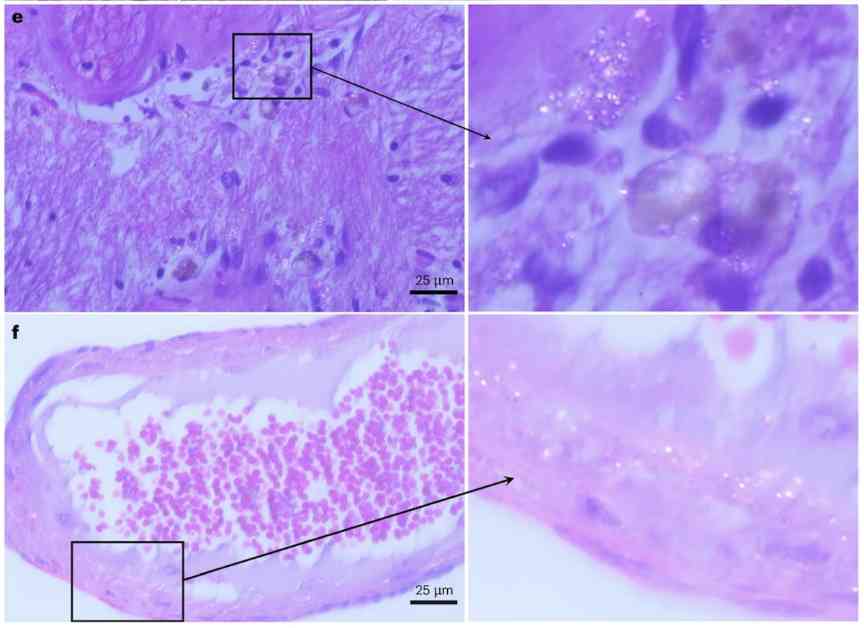A Groundbreaking Study Reveals Microplastic Accumulation in Human Brain Tissue
In a recent study conducted by health sciences researchers at the University of New Mexico (UNM), a shocking discovery was made regarding the presence of microplastics in human brain tissue. Led by Dr. Matthew Campen, a distinguished toxicologist and professor in the UNM College of Pharmacy, the research team found that concentrations of microplastics in the brain were significantly higher than in other organs. This revelation has raised concerns about the potential health implications of microplastic exposure on the human brain.
The Unveiling of Microplastics in the Human Brain
The study conducted by Dr. Campen and his team uncovered a troubling trend in the accumulation of microplastics in the human brain over time. The plastic concentrations observed in the brain surpassed those found in vital organs such as the kidney or liver, as well as previous reports for testes and placentas. This alarming increase in microplastic presence mirrors the growing plastic waste crisis on a global scale, highlighting the urgent need for further investigation and awareness.
Dr. Campen’s Perspective on the Findings
Dr. Campen expressed his astonishment at the high levels of microplastics found in the human brain, emphasizing the personal impact of these findings. He underscored the need for immediate action to address this issue, stating that waiting for further research to unfold was not a viable option. The implications of these results on human health, particularly in cases of dementia, were a cause for concern and warranted further exploration.
Insights into Microplastic Composition and Distribution
The research team analyzed brain tissue samples from both 2016 and 2024, identifying a variety of polymers present in the samples. Polyethylene, a commonly used polymer in consumer products, emerged as the most prevalent plastic component found in the brain tissue. Additionally, the team observed clusters of plastic shards smaller than 200 nanometers, which could potentially breach the blood-brain barrier, though the mechanism of entry remained unclear.
The Potential Health Risks of Microplastic Exposure
While the study did not establish a direct link between microplastic accumulation in the brain and dementia, the heightened presence of plastics in individuals with the condition raised significant questions. Dr. Campen postulated that the disease process itself might contribute to the increased accumulation of plastics in the brain, underscoring the need for further research into the potential health consequences of microplastic exposure.
Environmental Implications and Future Directions
The global production of plastic continues to escalate, leading to a rise in environmental contamination with microplastics. As these particles persist in the environment for decades, the levels of human exposure are expected to increase over time. Addressing this growing threat to human health requires innovative solutions to reduce environmental contamination with microplastics and minimize human exposure to these harmful substances.
Conclusion: A Call to Action
The findings of the study shed light on the pervasive presence of microplastics in human brain tissue and underscore the urgent need for further research into the health implications of this phenomenon. Dr. Campen’s warning of a global threat to human health serves as a wake-up call to consumers to take action and advocate for measures to reduce plastic pollution. The time to address this pressing issue is now, before the consequences become irreversible.
In conclusion, the study’s findings highlight the critical need for a deeper understanding of the pathways of exposure, uptake, and potential health consequences of plastics in human tissues. By raising awareness and mobilizing efforts to combat plastic pollution, we can work towards safeguarding human health and the environment for future generations.














